- Artificial Turf Features
- 0 likes
- 472 views
- 0 comments
How to Understand the Technical Data Sheet of Artificial Turf?
Artificial grass has become a popular option for homes, sports facilities, and commercial spaces due to its durability and low maintenance. However, choosing the right artificial grass can be challenging, especially when faced with a large amount of technical information in product data sheets.
In this guide, we will demystify the technical data sheets of artificial grass, breaking down key terms and specifications so that you can make an informed decision when selecting the perfect model for your needs. From fiber density to wear resistance, we will explore the most important aspects you need to consider.
Fiber Type
This provides information about the material that makes up the fibers. "Mix monofilaments" means it blends different fiber compositions.
Fiber Composition
This indicates the fiber material and its quantity in the total composition. The combination of polyethylene (PE) and polypropylene (PP) monofilaments aims to balance the advantages of both materials. PE offers softness and wear resistance, while PP provides rigidity and durability.
DTEX
This measure indicates the mass of the fiber (Decitex), used to describe thickness. A higher DTEX value means a denser, thicker, and more resistant fiber.
Fiber Height
This is the length of the grass fibers. Taller grass offers greater comfort and realism, and it is normal for it to tend to lay in one direction with use.
Stitches/m²
This measure indicates the number of stitches (or seams) present in a square meter of artificial grass. Each stitch represents a point where the fibers and the grass base are joined. The higher the number of stitches per square meter, the denser the grass surface will be, which generally translates into a more realistic and durable appearance.
Filaments/m²
This measure indicates the number of individual filaments present in a square meter of artificial grass. Filaments are the individual strands that form the grass surface. The higher the number of filaments per square meter, the fuller or denser the grass will appear, contributing to a more natural look and a softer feel.
The number of filaments per square meter is another indicator of grass density. The higher the number of filaments, the denser and thicker it will be.
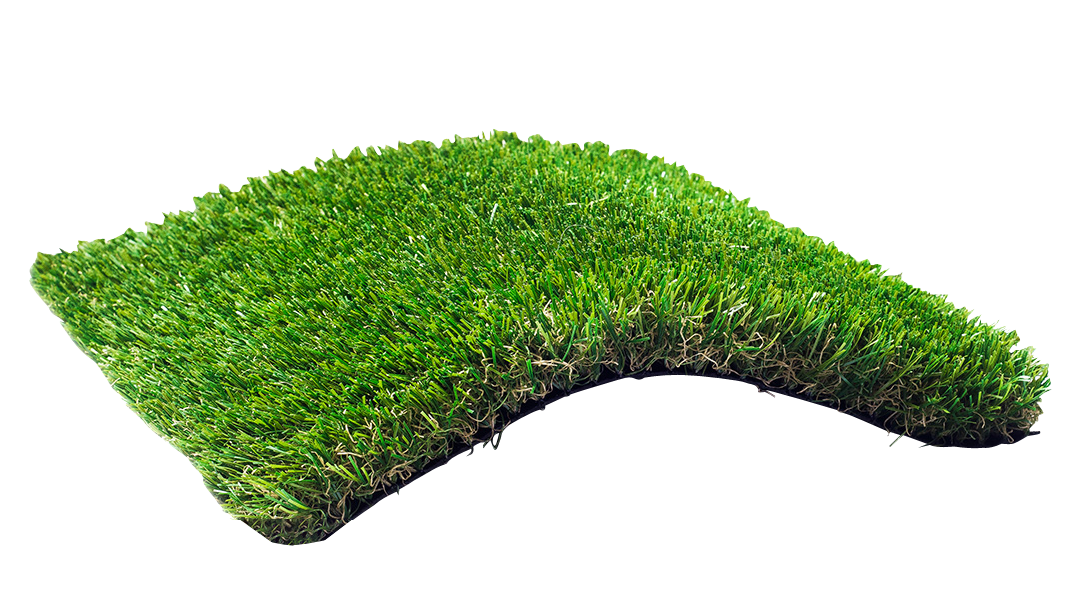
Total Weight/m²
The total weight of the grass includes the fiber and the base. A higher weight indicates denser and more robust grass.
Gauge
Gauge refers to the distance between the rows of stitches that hold the fiber to the base. Artificial grass with a low gauge will have fibers closer together, making it denser, softer, more wear-resistant, and more natural-looking. In contrast, artificial grass with a high gauge will have fibers farther apart, making it less dense.
Warranty
Warranty
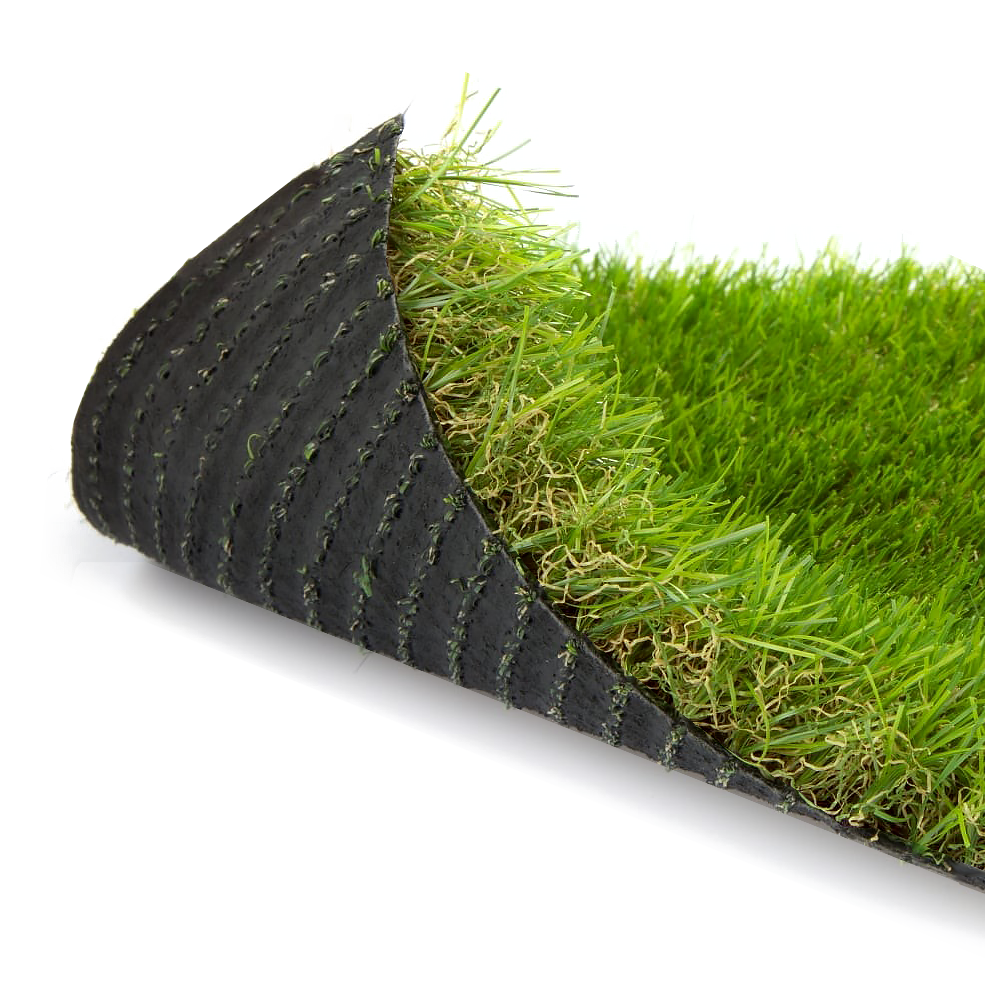
Primary Backing Type
The primary backing is the base to which the fibers are attached, a crucial layer in its structure. This type of backing is usually made of a water-resistant material, such as latex or polypropylene, designed to withstand wet conditions and resist water absorption.
- Polypropylene (PP) Backing: A plastic material commonly used in artificial grass backing. It is strong, durable, and has good dimensional stability. Additionally, it is relatively economical. Ideal for residential and commercial applications with moderate traffic.
- Polyethylene (PE) Backing: A plastic material similar to polypropylene but with different chemical properties. It is soft to the touch and flexible, making it suitable for applications where a softer surface is required. Ideal for children's play areas and residential applications.
- Composite Backing: A combination of materials, usually polyester and polypropylene, to leverage the advantages of both. It combines the durability of polyester with the flexibility and lower cost of polypropylene. Used in mixed-use applications where a combination of features is required.
- Polyurethane (PU) Backing: A synthetic material used in more specialized applications. It offers excellent fiber adhesion and greater durability, especially in extreme conditions. Commonly used in professional sports applications and installations where high resistance to wear and tear is required.
Composición de soporte primario
This is the material with which the primary backing is made and can be reinforced with various processes. Reinforced backing provides greater resistance and stability to the grass.
- Fleece Reinforced Backing: Refers to a type of primary backing that includes an additional layer of non-woven material, known as "fleece." This reinforcement is added to provide additional backing. It improves durability, stability, and adhesion.
- X-non-woven (Non-Woven) Reinforced Backing: Unlike woven materials, non-woven materials are made by bonding fibers through chemical, mechanical, thermal, or solvent processes. They are not woven or knitted like traditional fabrics. Used with polyester, polypropylene, or composite fiber for durability and strength.
Primary Backing Finish
Marine backing is commonly used in applications where the artificial grass is expected to be exposed to moisture, such as in outdoor installations, areas near swimming pools, or in nautical projects.
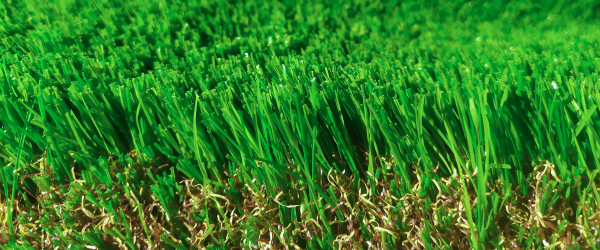
Height or Thickness of Artificial Grass: How to Choose
Choosing the right height or thickness of artificial grass depends on various factors such as its intended use, budget, and personal preferences. There is no single correct thickness, and the best option will depend on the specific needs of each case.
Read more









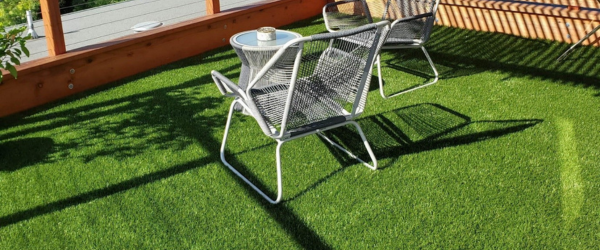
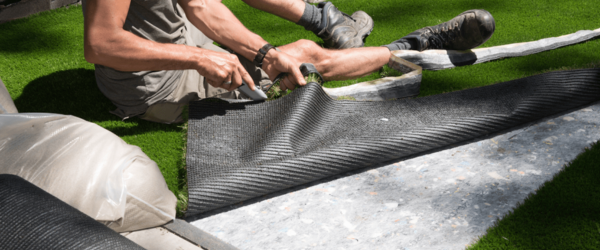
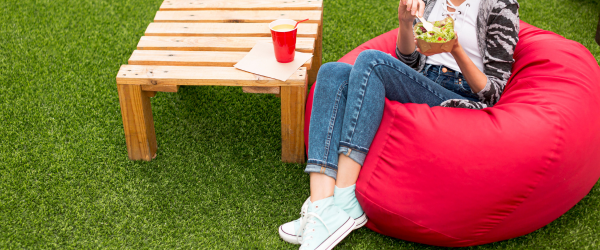
Comments (0)